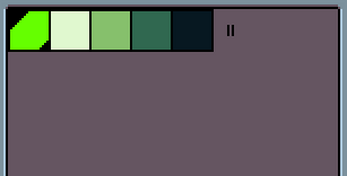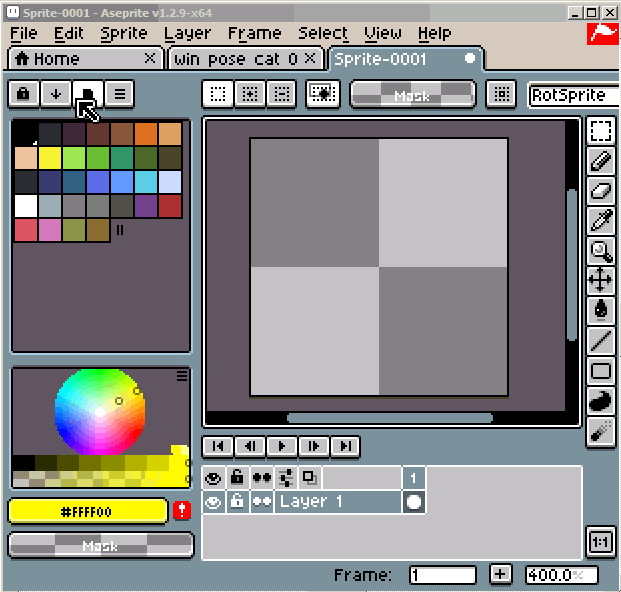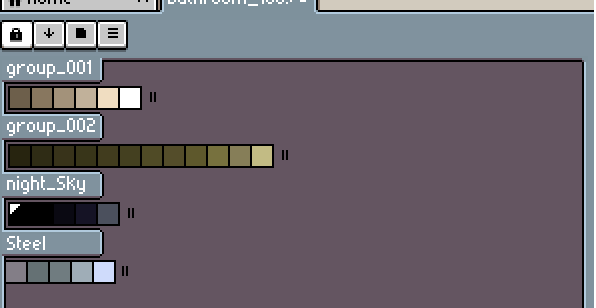

You can go higher or lower than that, but it gets harder if you do. Most people recommend going for 4 to 5 colors (I mostly do 5 myself, but I also use them for borders). That is lighter and darker shades of a base color. Choose how many shades per color you want.I don’t know Mislav or his tutorials, so this might differ from his methods. If you still want to give this a shot, I’ll try to explain my process of making a palette. This is why I’d recommend using other people’s palettes at first - there are tons of them at Lospec ( Palette List), and seeing what makes them good, thus learning from them.

If you're not ready to commit to the subscription model of Patreon, you can also make a one-time donation and receive exclusive art and downloads.When you’re starting out with pixel art, making your own palettes can be kinda hard and even overwhelming. This month I'm sharing the Mondo palette as. But most importantly, you allow me to continue making new content. Among many other rewards, Pixel Insider members get extra resources to compliment my tutorials. If you find value in my content please consider becoming a Patreon member. Also, you don't have to make such a large palette. Go crazy with HSB and don't be afraid to experiment with formulas that look different than my example. I know It can take a bit of time to get a feel for HSB, but even if you're a beginner I think making palettes like this is a great way to understand color. I hope this helps you come up with some palettes of your own. I think you'll be seeing more of my work in the Mondo palette from now on! Overall I'm quite happy with how this palette turned out. Other aesthetic choices come into play, but color is the fundamental ingredient that ties everything together. I used this method to create a 160 color palette for Thyrian Defenders. We've been able to depict an incredible range of environments and characters while maintaining a consistent look overall. A little color goes a long way with pixel art, as you can see I never use a lot of colors for any one image.Ĭreating a palette with this method also works great for game art, and will ensure everything in your game has consistent colors. Picking colors for your art always requires some good sense, but a versatile palette with criss-crossing ramps like this makes it much easier. The result captures an ominous yet hopeful feeling that perfectly fits the mood I wanted.

This example uses complimentary color in combination with neutrals. I like to create large palettes with lots of ramps, which I can then pull smaller palettes from per assignment.

the paletteĪ color ramp is essentially a palette, but most palettes contain multiple ramps. This only makes sense to me if you want a monochromatic look and stick to one straight ramp. There is no law that says you can't do this but the resulting colors will lack interest and be difficult to harmonize with ramps of a different hue. Many beginners overlook hue-shifting and end up with 'straight ramps' that only transition brightness and saturation. In the previous example the hue is shifting by positive degrees as the brightness increases. Generally, darker colors have more saturation.Ī good color ramp should also apply hue-shifting, which is a transition in hue across the color ramp. Saturation peaks in the middle swatch in this example, but this is not a hard rule. Also, colors with very low brightness can become overly rich and weighty with high saturation. As the colors reach high brightness levels it's important to decrease saturation, or you'll end up with intense eye burning colors. Brightness steadily increases from left to right in this example.


 0 kommentar(er)
0 kommentar(er)
